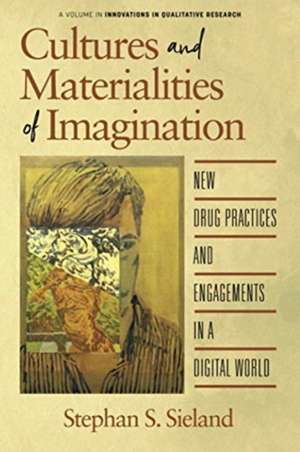Cultures and Materialities of Imagination: Innovations in Qualitative Research
Autor Stephan S. Sielanden Limba Engleză Paperback – 2 oct 2020
| Toate formatele și edițiile | Preț | Express |
|---|---|---|
| Paperback (1) | 393.99 lei 43-57 zile | |
| Information Age Publishing – 2 oct 2020 | 393.99 lei 43-57 zile | |
| Hardback (1) | 588.34 lei 43-57 zile | |
| Information Age Publishing – 2 oct 2020 | 588.34 lei 43-57 zile |
Preț: 393.99 lei
Nou
Puncte Express: 591
Preț estimativ în valută:
75.46€ • 77.74$ • 63.21£
75.46€ • 77.74$ • 63.21£
Carte tipărită la comandă
Livrare economică 24 februarie-10 martie
Preluare comenzi: 021 569.72.76
Specificații
ISBN-13: 9781648022760
ISBN-10: 1648022766
Pagini: 374
Dimensiuni: 156 x 234 x 20 mm
Greutate: 0.52 kg
Editura: Information Age Publishing
Colecția Innovations in Qualitative Research
Seria Innovations in Qualitative Research
ISBN-10: 1648022766
Pagini: 374
Dimensiuni: 156 x 234 x 20 mm
Greutate: 0.52 kg
Editura: Information Age Publishing
Colecția Innovations in Qualitative Research
Seria Innovations in Qualitative Research
Descriere
The complex involvement of imagination in actual living and consequently the theoretical cruxes this engenders continue to amaze and surprise research and researchers. This book contributes to these theoretical ambitions with a substantial work on the concept of imagination.





